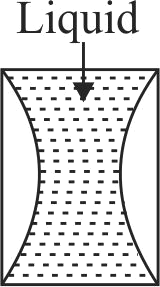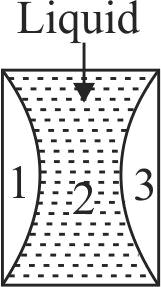364763
The effective focal length of the lens combination shown in the figure is \( - 60\;cm\). The radii of curvature of the curved surfaces of the plano - convex lenses are \(12\;cm\) each and refractive index of the material of the lens is 1.5 . What would be the refractive index of the liquid?
364763
The effective focal length of the lens combination shown in the figure is \( - 60\;cm\). The radii of curvature of the curved surfaces of the plano - convex lenses are \(12\;cm\) each and refractive index of the material of the lens is 1.5 . What would be the refractive index of the liquid?
364763
The effective focal length of the lens combination shown in the figure is \( - 60\;cm\). The radii of curvature of the curved surfaces of the plano - convex lenses are \(12\;cm\) each and refractive index of the material of the lens is 1.5 . What would be the refractive index of the liquid?
364763
The effective focal length of the lens combination shown in the figure is \( - 60\;cm\). The radii of curvature of the curved surfaces of the plano - convex lenses are \(12\;cm\) each and refractive index of the material of the lens is 1.5 . What would be the refractive index of the liquid?

